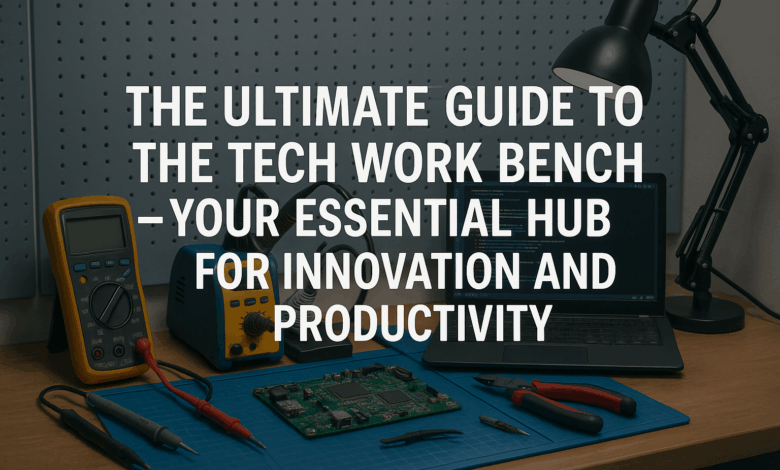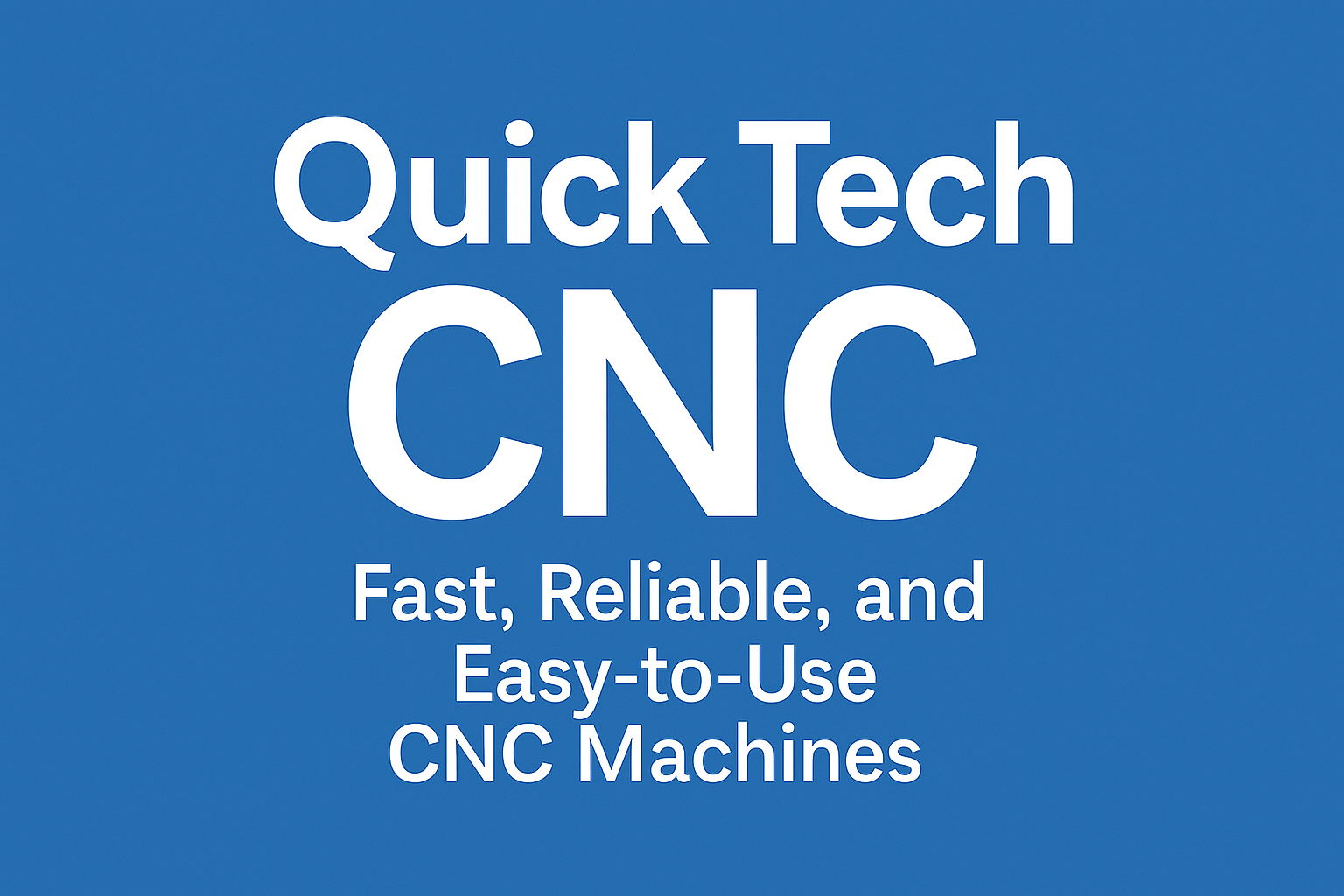The Ultimate Guide to the Tech Work Bench – Your Essential Hub for Innovation and Productivity

Why Every Technologist Needs a Tech Work Bench In today’s fast-paced digital world, having a dedicated tech work bench is no longer a luxury—it’s a necessity. Whether you’re a software developer, hardware engineer, electronics hobbyist, or IT professional, your workspace plays a crucial role in your productivity, creativity, and overall efficiency. A well-organized tech work bench isn’t just about aesthetics; it’s a functional ecosystem that combines tools, technology, and ergonomics to support innovation.
From setting up your first workstation to upgrading an existing one with smart accessories, the tech work bench has evolved into a dynamic environment tailored to meet modern tech demands. This comprehensive guide explores everything you need to know about creating and optimizing your ideal tech work bench , including essential components, ergonomic considerations, smart integrations, and more.
By the end of this article, you’ll have a clear understanding of how to design a personalized tech work bench that enhances both performance and comfort—whether you’re working from home, a co-working space, or a high-tech lab.
What Is a Tech Work Bench?
A tech work bench refers to a specialized workspace designed to support technical tasks such as coding, hardware development, circuit testing, system administration, and other tech-related activities. Unlike a standard desk, a tech work bench is often equipped with features like cable management systems, tool storage, power outlets, lighting solutions, and sometimes even modular setups for multiple devices.
This workspace can be customized based on individual needs. For instance, a software developer might prioritize dual monitors and keyboard trays, while an electronics engineer may focus on anti-static mats and soldering stations. Regardless of the field, the goal remains the same: to create a functional, organized, and efficient environment conducive to focused work.
Modern tech work benches also integrate smart technologies such as USB-C hubs, wireless charging pads, ambient lighting, and voice-controlled assistants, making them adaptable to various workflows and user preferences.
Key Components of a Modern Tech Work Bench
To build a truly effective tech work bench , you need to consider several key components. Each element should serve a purpose and contribute to productivity and ease of use. Here are the most important components:
Depending on your specific needs, you may also include additional items such as a laptop stand, docking station, whiteboard, or even a mini-fridge for long work hours.
Setting Up Your First Tech Work Bench: A Step-by-Step Guide
Creating your tech work bench doesn’t have to be overwhelming. Follow this step-by-step guide to set up a foundational yet highly functional workspace:
- Choose the Right Location : Opt for a quiet, well-lit area with enough space to move freely around your desk.
- Select the Appropriate Desk : Consider the size, material, and adjustability. Standing desks are increasingly popular among tech professionals.
- Set Up Your Monitors : Position them at eye level. Dual or triple monitor setups are ideal for multitasking.
- Organize Your Cables : Use cable clips, sleeves, or raceways to keep your setup clean and clutter-free.
- Add Functional Accessories : Include a quality keyboard tray, mouse pad, monitor stand, and lighting.
- Invest in Comfortable Seating : An ergonomic chair supports long-term health and productivity.
- Personalize Your Space : Add motivational quotes, plants, or gadgets that inspire creativity and reduce stress.
By following these steps, you’ll establish a tech work bench that not only looks great but also enhances your workflow and well-being.

Ergonomics and Health Benefits of a Well-Designed Tech Work Bench
One of the most overlooked aspects of a tech work bench is its impact on physical health. Poorly designed workspaces can lead to musculoskeletal issues, eye strain, and chronic fatigue. That’s why ergonomics play a vital role in any tech workspace. An ergonomic tech work bench ensures correct posture, reduces repetitive strain injuries (RSIs), and improves circulation. Key ergonomic elements include:
- Adjustable desks that allow switching between sitting and standing positions
- Chairs with lumbar support and adjustable armrests
- Monitor placement aligned with eye level
- Wrist rests for keyboards and mice
- Footrests to support proper leg alignment
Moreover, studies show that ergonomic improvements can boost productivity by up to 25%. By investing in an ergonomically sound tech work bench , you’re not just enhancing your comfort—you’re safeguarding your long-term health.
Smart Integrations: Enhancing Your Tech Work Bench with IoT and Automation
As technology continues to evolve, so does the concept of the tech work bench . Today, many professionals are incorporating Internet of Things (IoT) devices and automation tools to streamline their workflows and improve efficiency.
Here are some smart integrations you can add to your tech work bench :
- Smart Lighting : Voice-controlled or motion-sensitive LED strips that adjust brightness based on time of day or activity.
- Wireless Charging Pads : Eliminate clutter by charging smartphones, earbuds, and other compatible devices without cords.
- Voice Assistants : Devices like Amazon Alexa or Google Nest can manage your calendar, set reminders, or even control other smart devices.
- Automated Cable Organizers : Motorized cable reels that retract cables when not in use.
- Smart Desks : Desks with built-in sensors that remind you to switch between sitting and standing positions.
- USB-C Hubs and Docking Stations : Consolidate peripherals, external drives, and displays through a single connection point.
These integrations transform a traditional tech work bench into a futuristic, responsive environment that adapts to your habits and needs.
Read More » Trade Me Jobs: What It Is and Why People Use It
Customization: Making Your Tech Work Bench Truly Yours
No two tech work benches are exactly alike—and that’s the beauty of it. Customization allows you to tailor your workspace to reflect your personality, workflow, and specific technological requirements.
Consider these customization ideas:
- Modular Shelving : Create vertical storage for tools, books, and tech gear.
- Wall Organization Systems : Pegboards or magnetic strips help organize tools within easy reach.
- Branded Peripherals : Choose keyboards, mice, or monitors in colors or designs that match your aesthetic.
- Gaming-Inspired Setups : RGB lighting, themed decor, and high-performance gaming gear can make your tech work bench feel unique and fun.
- Tech-themed Decor : Posters featuring tech pioneers, circuit boards, or motivational tech quotes add character.
Remember: a personalized tech work bench isn’t just about looking cool—it’s about creating an environment that feels inspiring and engaging every time you sit down to work.
Maintaining and Upgrading Your Tech Work Bench Over Time
Setting up your tech work bench is just the beginning. Like any high-performing system, it requires regular maintenance and occasional upgrades to stay relevant and efficient.
Here are some tips for maintaining and evolving your tech work bench :
- Regular Cleaning : Dust monitors, keyboards, and ports to prevent overheating and malfunctions.
- Cable Audit : Periodically check for outdated or unused cables and remove them to avoid clutter.
- Firmware & Software Updates : Keep your devices updated to ensure compatibility and security.
- Upgrade Strategically : As new technologies emerge, upgrade components like GPUs, SSDs, or RAM to maintain performance.
- Ergonomic Adjustments : Reassess your seating, desk height, and monitor positioning every few months to ensure optimal posture.
By staying proactive with maintenance and upgrades, your tech work bench will continue to support your evolving needs without requiring a complete overhaul.
Conclusion: Building the Future of Work with a Tech Work Bench
In conclusion, a tech work bench is far more than just a place to sit and work—it’s the foundation of your productivity, creativity, and professional growth. Whether you’re a seasoned engineer, an aspiring coder, or a passionate maker, investing in a well-designed tech work bench is one of the best decisions you can make for your career and well-being.
From choosing the right components and integrating smart technologies to prioritizing ergonomics and personalization, your tech work bench should reflect your goals, style, and technical needs. And as technology advances, so too should your workspace—adapting to new tools, trends, and innovations.
So take the time to craft a tech work bench that not only meets your current demands but also inspires you to push boundaries and explore new possibilities. After all, the future of tech starts at your desk.
Read More » How to Find and Apply for Coles Jobs – A Simple, Clear Guide
Frequently Asked Questions (FAQ)
Q1: What is a tech work bench?
A tech work bench is a specialized workspace designed to support technical tasks such as software development, hardware engineering, electronics repair, and IT operations. It typically includes ergonomic furniture, tools, and technology to enhance productivity.
Q2: What should I look for in a tech work bench?
Look for durability, adjustability, sufficient surface area, cable management options, integrated power sources, and ergonomic compatibility.
Q3: Can I build my own custom tech work bench?
Absolutely! Many professionals customize their tech work benches using modular components, DIY solutions, and smart accessories to suit their specific needs.
Q4: How much does a good tech work bench cost?
Costs vary widely depending on materials, size, and added features. Basic setups can start around $200–$500, while premium or custom-built benches can range from $1,000 to several thousand dollars.
Q5: Are standing desks good for a tech work bench?
Standing desks are excellent additions to a tech work bench , especially for those who spend long hours working. They promote movement, better posture, and reduced sedentary behavior.
Q6: How do I organize cables on my tech work bench?
Use cable ties, clips, under-desk cable trays, raceways, or cord organizers. Some desks come with built-in cable management systems.
Q7: Do I need special tools for a tech work bench?
That depends on your field. For electronics, you may need a soldering iron, multimeter, or anti-static mat. For software developers, perhaps a mechanical keyboard or programmable macro keypad.
Q8: How often should I upgrade my tech work bench?
It’s wise to evaluate and update your tech work bench every 1–2 years, especially if you notice performance bottlenecks or changing work requirements.



